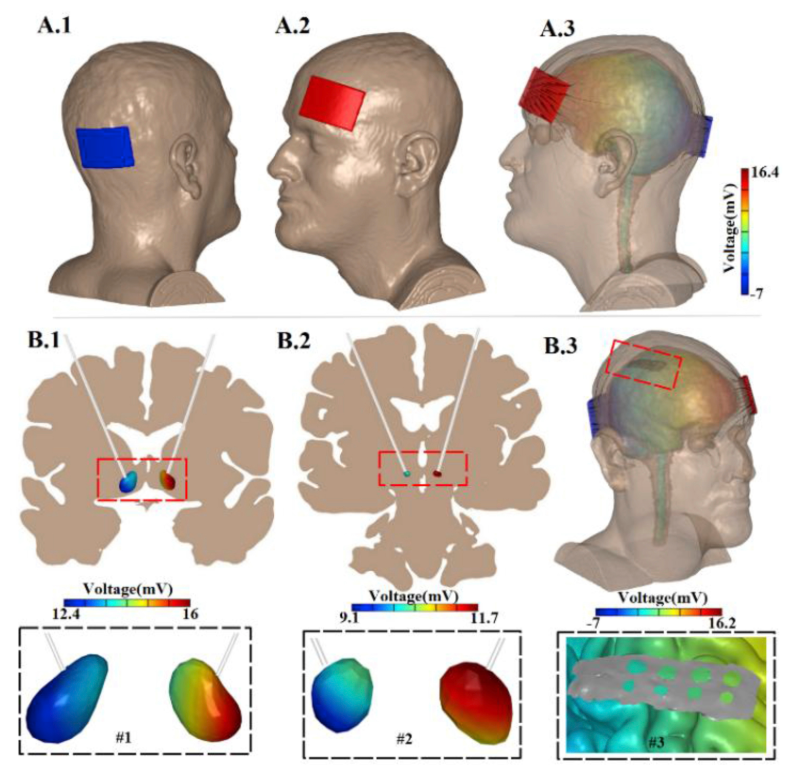Download: PDF published in Scientific Reports – DOI
Limary M. Cancel, Katherin Arias, Marom Bikson, and John M. Tarbell
We investigated the effects of direct current stimulation (DCS) on fluid and solute transport across endothelial cell (EC) monolayers in vitro. Our motivation was transcranial direct current stimulation (tDCS) that has been investigated for treatment of neuropsychiatric disorders, to enhance neurorehabilitation, and to change cognition in healthy subjects. The mechanisms underlying this diversity of applications remain under investigation. To address the possible role of blood-brain barrier (BBB) changes during tDCS, we applied direct current to cultured EC monolayers in a specially designed chamber that generated spatially uniform direct current. DCS induced fluid and solute movement across EC layers that persisted only for the duration of the stimulation suggesting an electroosmosis mechanism. The direction of induced transport reversed with DCS polarity – a hallmark of the electroosmotic effect. The magnitude of DCS-induced flow was linearly correlated to the magnitude of the applied current. A mathematical model based on a two-pore description of the endothelial transport barrier and a Helmholtz model of the electrical double layer describes the experimental data accurately and predicts enhanced significance of this mechanism in less permeable monolayers. This study demonstrates that DCS transiently alters the transport function of the BBB suggesting a new adjunct mechanism of tDCS.



































